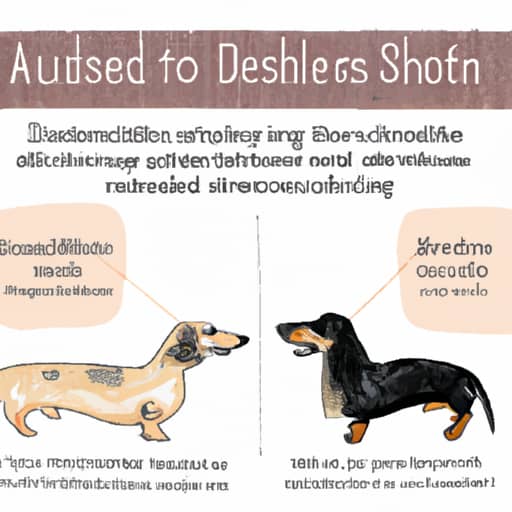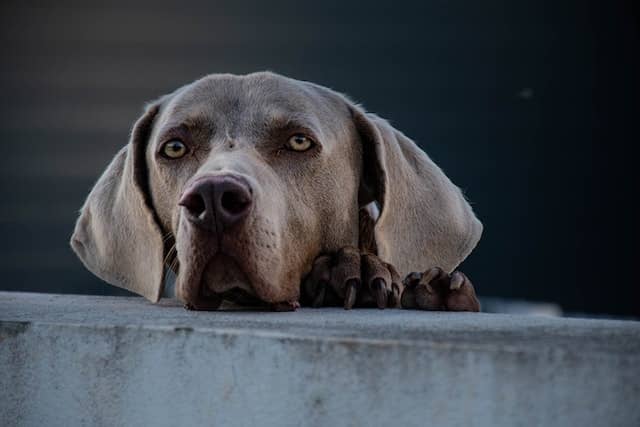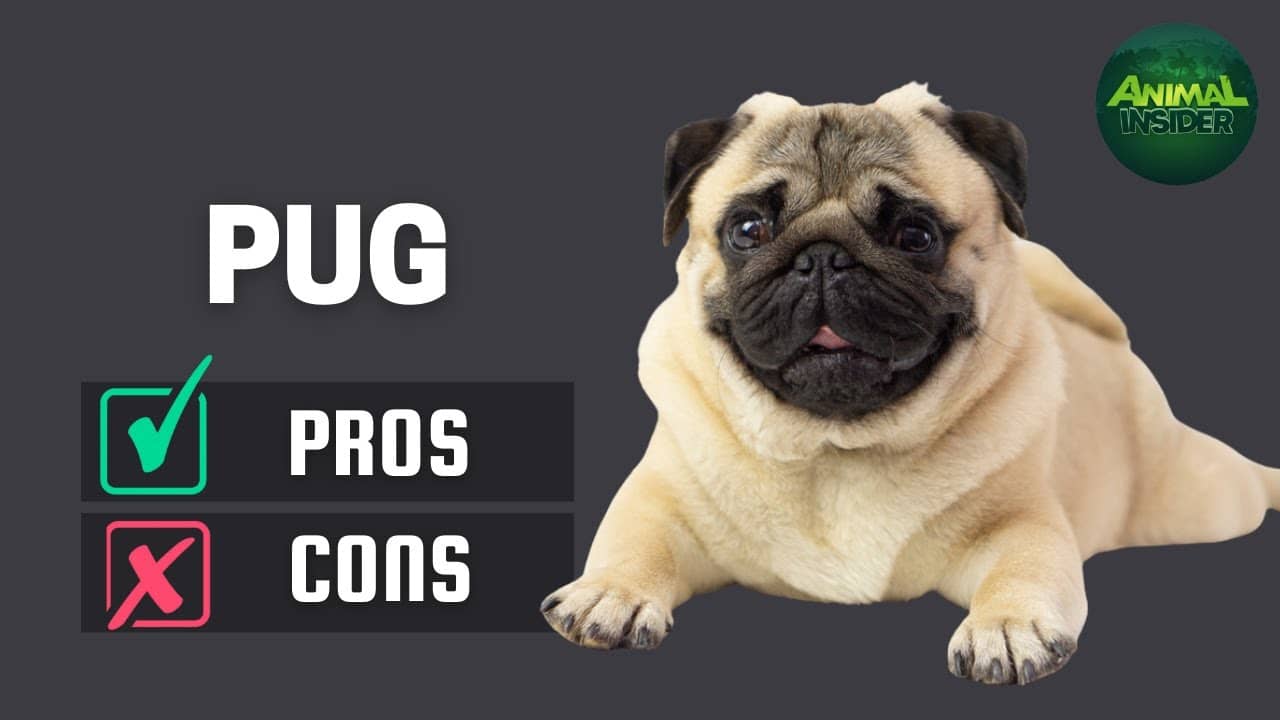Pug Shedding: Why Do Pugs Shed?
Do Pugs Shed? If you’re a proud owner of a pug, you’ve likely encountered the never-ending battle against shedding. Pug shedding can often feel like a constant struggle, leaving you wondering why these adorable little dogs seem to have an outrageous amount of fur. In this article, we’ll explore the reasons behind pug shedding, uncovering the fascinating facts and shedding solutions that will keep your home looking fur-free and your pug looking their best. Say goodbye to pesky fur all over your furniture and hello to a deeper understanding of why pugs shed.
Introduction
Welcome to this comprehensive article about Pug shedding! If you are a Pug owner or considering bringing a Pug into your family, it is important to understand why these adorable little dogs shed their fur. Shedding is a natural process for many dog breeds, including Pugs, and it serves several purposes. In this article, we will explore the biology behind shedding, as well as the various factors that can contribute to it. Additionally, we will provide tips and strategies for managing Pug shedding and keeping your furry friend looking and feeling their best.
Understanding Pugs
Pugs are a popular dog breed known for their distinctive appearance and charming personalities. These compact dogs have a short, smooth coat that comes in a variety of colors, including fawn, black, and silver. While all Pugs shed to some degree, the amount of shedding can vary from dog to dog. Understanding the breed’s unique characteristics is essential in comprehending the shedding patterns and addressing any concerns you may have.
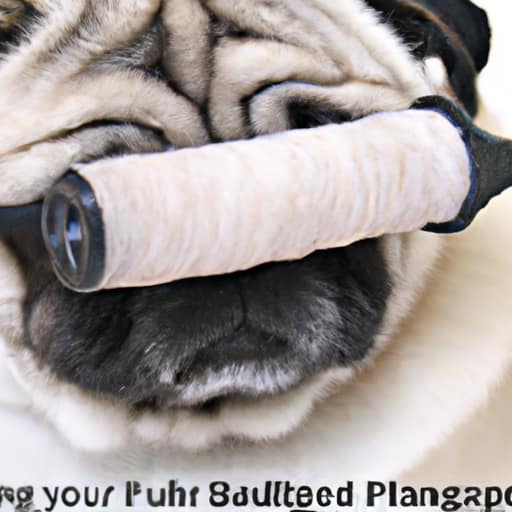
Anatomy of Pugs
To understand why Pugs shed, it is important to have a basic understanding of their anatomy. Pugs have a double coat consisting of an outer layer and a denser undercoat. The outer layer is composed of guard hairs that help protect the skin and repel dirt and moisture. The undercoat acts as insulation, keeping the dog warm in colder weather. Shedding occurs when old or damaged hairs are shed to make room for new growth.
The Hair Growth Cycle
Like all mammals, Pugs go through a natural hair growth cycle. This cycle consists of four stages: anagen (growth phase), catagen (transition phase), telogen (resting phase), and exogen (shedding phase). During the anagen phase, the hair follicles are actively producing new hairs. The catagen phase is a brief transitional period where the hair follicles begin to move into the telogen phase, which is the resting phase. Finally, during the exogen phase, old hairs are shed to make way for new growth. This constant cycle ensures that Pugs’ coats remain healthy and in good condition.
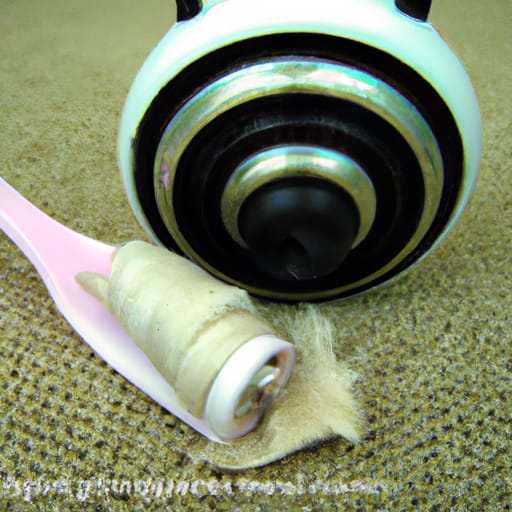
Reasons for Shedding
Now that we understand the basics of Pug shedding, let’s delve into the various reasons why Pugs shed their fur. Shedding can occur due to genetic factors, seasonal changes, pregnancy and hormonal changes, poor diet and nutrition, stress and anxiety, certain health conditions, and environmental factors. Let’s explore each of these factors in more detail.
Genetic Factors
Genetics play a significant role in determining the shedding pattern of Pugs. Certain breeds are simply more prone to shedding than others, and Pugs fall into this category. If your Pug comes from a line of heavy shedders, it is likely that they will shed more than average. While you can’t change your Pug’s genetic predisposition to shedding, there are ways to manage and minimize it.
Seasonal Shedding
Seasonal shedding is a common phenomenon among many dog breeds, including Pugs. As the seasons change, dogs often shed their fur to adapt to the temperature variations. Pugs tend to shed more heavily during the spring and fall seasons when their coats adjust to the changing weather conditions. This shedding helps them transition from their winter to summer coats and vice versa.
Pregnancy and Hormonal Changes
Female Pugs may experience increased shedding during pregnancy and after giving birth. Hormonal changes can affect the hair growth cycle, leading to more noticeable shedding. If you have a pregnant Pug, it is essential to provide her with additional care and attention during this time.
Poor Diet and Nutrition
Diet and nutrition can also influence a Pug’s shedding patterns. A poor diet lacking essential nutrients can result in a dull and unhealthy coat, leading to excessive shedding. Ensure that your Pug’s diet is balanced and provides all the necessary vitamins and minerals required for their overall well-being and coat health.
Stress and Anxiety
Just like humans, dogs can experience stress and anxiety, and Pugs are no exception. Stressful situations, such as changes in their environment, loud noises, or separation anxiety, can trigger excessive shedding in Pugs. It is important to create a calm and soothing environment for your Pug and provide them with the necessary support and comfort during stressful times.
Health Conditions
Certain health conditions can contribute to increased shedding in Pugs. Skin allergies, infections, parasites, hormonal imbalances, and other underlying medical issues may cause excessive shedding or abnormal hair loss. If you notice any concerning changes in your Pug’s shedding patterns, it is best to consult with a veterinarian for a proper diagnosis and treatment.
Environmental Factors
Environmental factors, such as temperature and humidity, can also impact a Pug’s shedding. Pugs may shed more during warmer months as their bodies try to regulate their temperature. Additionally, dry indoor air or exposure to allergens can influence shedding. Creating a comfortable and well-maintained living environment for your Pug can help minimize shedding associated with these factors.
Managing Pug Shedding
While shedding is a natural process for Pugs, there are several strategies you can employ to manage and minimize the amount of fur that ends up on your clothes, furniture, and floors. Let’s explore some grooming tips, dietary considerations, stress management techniques, and other measures that can help you effectively manage Pug shedding.
Grooming Tips
Regular grooming is key to maintaining a healthy coat and minimizing shedding for your Pug. It is essential to establish a grooming routine that includes brushing, bathing, and nail trimming. Additionally, regular ear cleaning and teeth brushing are important for overall hygiene and can contribute to a healthier coat.
Bathing and Shampooing
Bathing your Pug can help remove loose hairs and keep their coat clean and healthy. However, excessive bathing can strip the natural oils from their skin, resulting in dryness and increased shedding. It is recommended to bathe your Pug every 2-3 weeks using a gentle, hypoallergenic shampoo specifically formulated for dogs. Be sure to rinse thoroughly to avoid any residue that may irritate the skin.
Regular Brushing
Regular brushing is crucial for managing shedding in Pugs. Using a soft-bristle brush or a grooming glove, gently brush your Pug’s coat at least once or twice a week. This helps remove loose hairs and prevents them from ending up all over your home. Additionally, brushing stimulates the skin and spreads natural oils, resulting in a healthier coat.
Diet and Nutrition
A balanced and nutritious diet is essential for a Pug’s overall health and coat condition. Ensure that your Pug is eating a high-quality, well-balanced dog food that contains essential vitamins, minerals, and Omega-3 fatty acids. These nutrients promote healthy skin and coat, reducing excessive shedding.
Minimizing Stress and Anxiety
Creating a calm and stress-free environment for your Pug can help minimize shedding associated with stress and anxiety. Provide them with a comfortable and safe space where they can relax. Engage in calming activities such as gentle play, massage, or aromatherapy (using dog-friendly scents). If your Pug experiences severe stress or anxiety, consult with a veterinarian or professional dog behaviorist for guidance and support.
Regular Veterinary Check-ups
Regular veterinary check-ups are essential for monitoring your Pug’s overall health, including their coat and skin condition. Your vet can identify any underlying health issues that may be contributing to excessive shedding and provide appropriate treatment or recommendations.
Clean and Healthy Environment
Maintaining a clean and healthy environment for your Pug is crucial for managing shedding. Regularly vacuuming or sweeping your floors, washing pet bedding, and keeping their living area clean can prevent excessive fur buildup. Additionally, make sure your Pug has access to fresh water and a comfortable sleeping area to support their overall well-being.
Conclusion
In conclusion, shedding is a natural process for Pugs and serves various purposes related to their biology and environment. Understanding the factors that contribute to shedding, such as genetics, seasonal changes, pregnancy, diet, stress, health conditions, and the environment, can help you effectively manage and minimize shedding in your Pug. By implementing regular grooming practices, providing a balanced diet, creating a stress-free environment, and seeking appropriate veterinary care, you can ensure that your Pug’s coat remains healthy and beautiful while keeping your living space fur-free. Remember, shedding is a part of being a Pug owner, but with patience, love, and proper care, it can be managed successfully.







